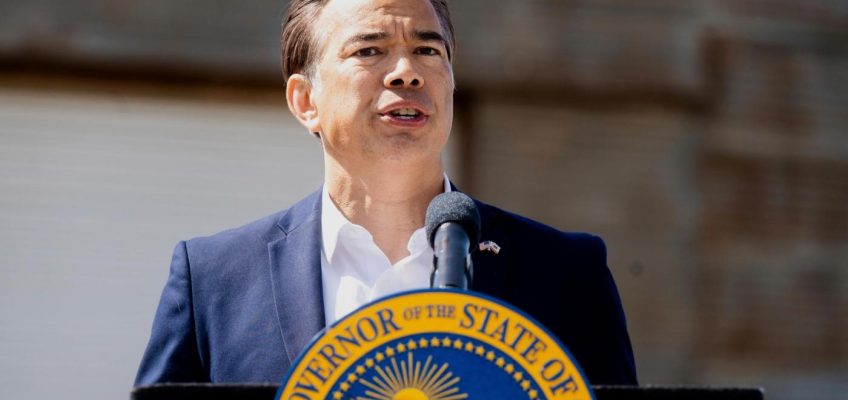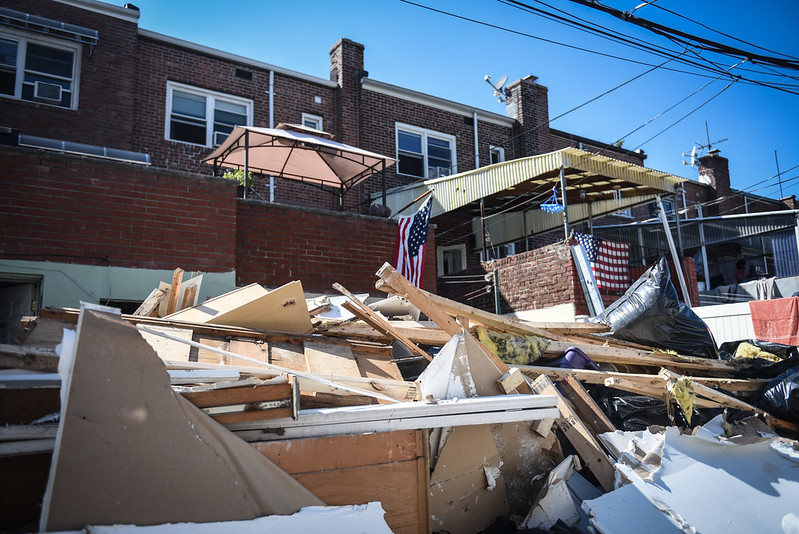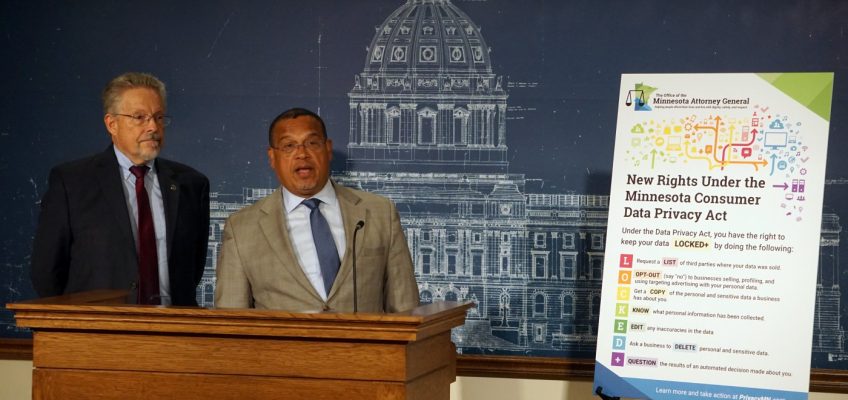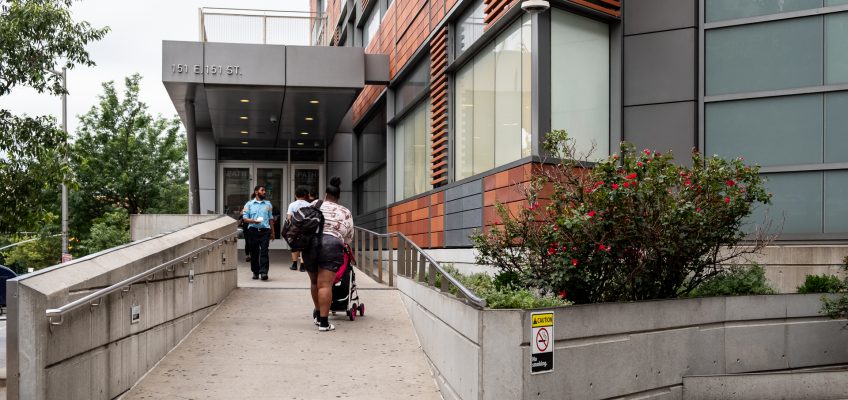By KIMBERLY KINDY, Associated Press
Washington (AP) — A coalition of 20 state attorneys general filed a lawsuit Monday challenging the Trump administration’s demand that their states turn over personal data of people enrolled in a federally funded food assistance program, fearing the information will be used to aid mass deportations.
The data demand comes as the Trump administration has sought to collect private information on mostly lower-income people who may be in the country illegally. It has already ordered the Internal Revenue Service and the Centers for Medicare and Medicaid Services to share private information with the Department of Homeland Security to aid in deportation efforts.
The U.S. Department of Agriculture told states last week that it had until Wednesday to hand over the data for those enrolled in its Supplemental Nutrition Assistance Program, or SNAP, which serves more than 42 million people nationwide. The USDA said the data will help it combat waste, fraud and abuse.
The states’ lawsuit seeks an injunction to block the data transfer. In the meantime, state attorneys general in the SNAP lawsuit said they will not disclose what they consider to be private information of recipients — including their immigration status, birthdates and home addresses — because they believe it would be a violation of privacy laws.
“It’s a bait-and-switch of the worst kind,” California Attorney General Rob Bonta said in a Monday afternoon news conference announcing the lawsuit. “SNAP recipients provided this information to get help feeding their families, not to be entered into a government surveillance database or be used as targets in the president’s inhumane immigration agenda.”
Related Articles
Court restricts who can bring voting rights challenges in a case involving voters with disabilities
Trump says he ended friendship with Epstein because he ‘stole people that worked for me’
Trump is getting the world economy he wants — but the risk to growth could spoil his victory lap
Trump seeks quick Murdoch deposition in Wall Street Journal lawsuit over Epstein story
Judge blocks Trump administration’s efforts to defund Planned Parenthood
In May, the department announced it was seeking the data as part of President Donald Trump’s executive order to obtain data from state programs to help root out fraud and waste. “For years, this program has been on autopilot, with no USDA insight into real-time data,” USDA Secretary Brooke L. Rollins said in a statement at the time. “The Department is focused on appropriate and lawful participation in SNAP, and today’s request is one of many steps to ensure SNAP is preserved for only those eligible.”
USDA officials declined a request for comment on the suit.
The USDA did not mention immigration enforcement in the announcement or later notices. It is not clear why USDA officials believe the data will help it weed out fraud and abuse. The agency claims the program is already “one of the most rigorous quality control systems in the federal government.”
Immigration advocates noted that the Trump administration has used the same argument to obtain other sensitive data, only to later admit it would be using the information to enhance its deportation operations. Trump administration officials, for example, initially claimed they were seeking state Medicaid data to fight fraud. Last week, a top immigration official conceded they would be utilizing that same information to locate immigrants.
Agency officials have threatened to withhold SNAP funding if states fail to comply with their demand for data.
While immigrants without legal status are ineligible to receive SNAP benefits, they can apply on behalf of their children who are U.S. citizens or those who are part of a mixed-status household.
Under the program, formerly known as food stamps, the federal government pays for 100% of the food benefits, but the states help cover the administrative costs. States are also responsible for determining whether individuals are eligible for benefits and for issuing those benefits to enrollees.
Immigration and data privacy advocates expressed alarm at the Trump administration’s efforts to obtain sensitive SNAP data maintained by states.
“The administration has all but told us that their intention is to comb this data and use it for unlawful purposes that include immigration enforcement,” said Madeline Wiseman, an attorney with the National Student Legal Defense Network, which filed a lawsuit in May with privacy and hunger relief groups that are also challenging USDA’s efforts for SNAP data.




